Haast’s eagle (Harpagornis moorei)
Many centuries ago, there lived a king among present-day eagles – an extraordinary predator that, despite its dominance, did not survive to our times. The Haast’s eagle, once the undisputed ruler of the skies over New Zealand, was a formidable hunter with remarkable adaptations. Its story, however, is not just a history of power but also of loss, as human influence sealed its fate. All the more, this magnificent bird deserves to be remembered by as many animal lovers as possible – not only for its unique hunting habits but also for the tragic end of its reign in the world of majestic birds.
Classification
- Class: Aves
- Order: Accipitriformes
- Family: Accipitridae
- Genus: †Harpagornis
- Species: †Harpagornis moorei
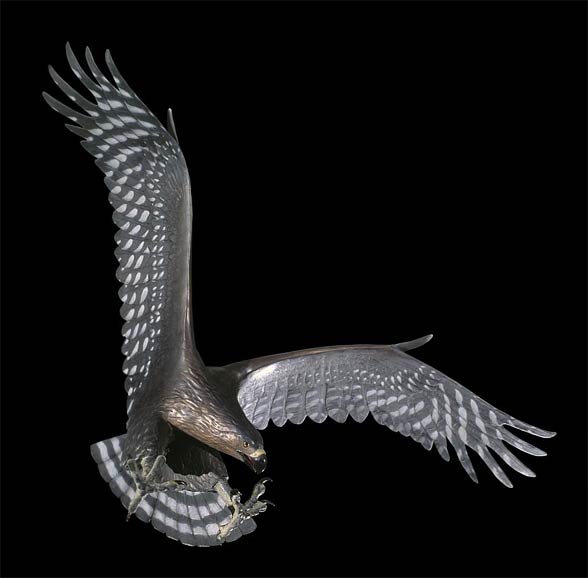
Areas of occurrence and dating
Haast’s eagle inhabited the South Island, New Zealand’s largest island, though it may have also lived on the North Island. Its reign was long but not eternal, as it existed from the Pleistocene epoch until the modern age (from about 2 million to 500–600 years ago).
At that time, most of the island was covered in forests, and since the remains of this eagle have been found primarily in woodland areas, it is presumed that it made forests – or their edges – its home. This theory is supported by the eagle’s shortened wing bones, which suggest an adaptation to a densely wooded environment.
This is why its wings, though impressive, are not as enormous as many fans might expect. But remember, it is not wingspan that makes a crowned eagle the mightiest warrior among birds of prey—it is its character. And most likely, the same applies to the king of all eagles, the Haast’s eagle.
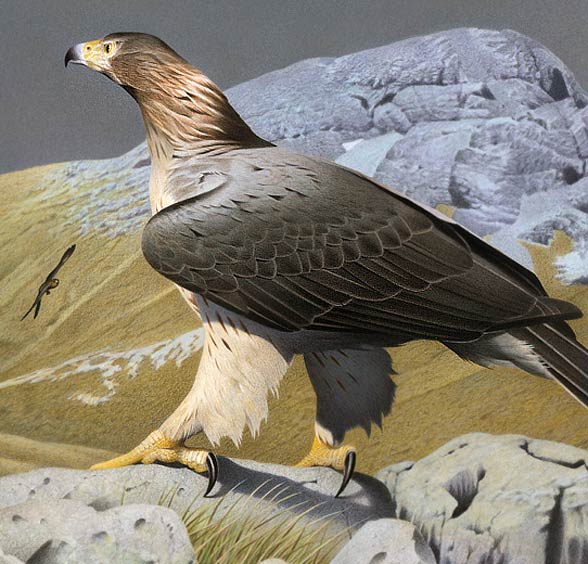
Characteristics
Size
Haast’s eagle is considered the largest known eagle of all time – even larger than today’s vultures. Females were considerably larger than males, weighing between 10 and 15 kg (22–33 lb), while males weighed between 9 and 12 kg (20–26 lb).
Although it was one of the largest birds in the world it had a relatively small wingspan: female wingspan was about 260 cm (8ft 6in), reaching a maximum of 3 m (9ft 10in), so in that respect, it was comparable to the wedge-tailed eagle (Aquila audax), golden eagle (Aquila chrysaetos), steppe eagle (Aquila nipalensis), martial eagle (Polemaetus bellicosus), or the Steller’s sea eagle (Heliaeetus pelagicus).
However, the largest, or even ordinary present-day vultures (Gypinae) and condors most likely have a greater wingspan than this extinct eagle. The total body length of a female was around 130-140 cm (4ft 3in – 4ft 7in), while its height was about 90 cm (2ft 11in) or slightly more.
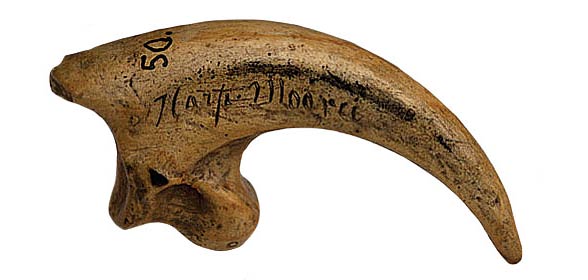
Claws
The size and strength of legs, equipped with powerful claws, indicate that it was an effective predator able to kill a really sizeable animal. Its largest claw measured 9-11 cm (3.5 – 4.3 in) in length, making it comparable in size to that of a harpy eagle (Harpia harpyja).
Thanks to its massive claws and strong leg muscles, the eagle was able to take off by jumping from the ground despite its hefty body mass.
Tail
Besides its legs and claws, the eagle also had a long and wide tail. A female’s tail could measure over 50 cm (20 in), which helped compensate for its relatively short wings by increasing lift force.
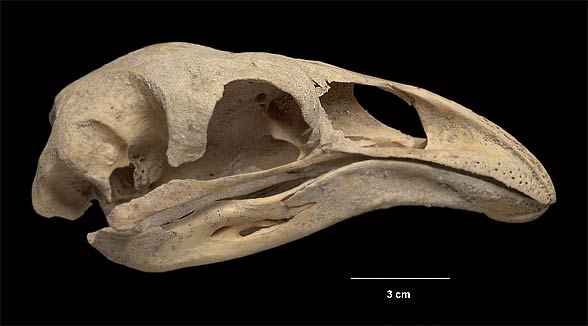
Coloration
Its coloration remains a mystery to this day, though many artistic interpretations have been created. Some suggest that Haast’s eagle may have resembled the ornate hawk-eagle (Spizaetus ornatus), which, like most tropical birds, is more colorful than those from temperate climates.
It should be noted that most of New Zealand’s birds do not have a bright coloration, therefore a majority of experts predict that it was most likely dark brown or brown-grey, similar to other large forest eagles from around the world.
The only eagle at the top of the food chain
Haast’s eagle was the only known eagle to be an apex predator in its ecosystem.
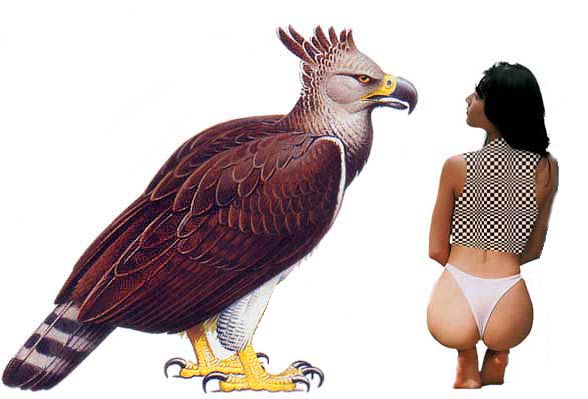
Diet and hunting style
Haast’s eagle hunted for other large birds. Before the colonization of New Zealand, the fauna was dominated by them – many lead a terrestrial lifestyle; moa (Dinornithiformes) was the largest flightless bird – the world’s greatest bird of all time weighing around 200-249 kg (440 – 548 lb) and reaching 360 cm (12ft) of height. Besides moa, this eagle often ate other flightless birds: takahēs (Porphyrio hochstetteri), wekas (Galliralus australis), and adzebills (the Aptornis genus).
Haast’s eagle also hunted for geese and ducks. Owing to its size and agility it could easily kill a human. It is estimated that it rushed towards prey with a velocity reaching 80 km/h (50 mph) catching the victim’s pelvis with strong claws of one leg, bashing the victim’s head repeatedly, or breaking its neck, with the other one in order to quickly kill the target.
The massive beak was used to cut flesh and pierce internal organs, so the captured animal could die of blood loss.
In the areas inhabited by the Haast’s eagle there were no large predators nor scavengers, so this bird could safely store a few days reserve of food.
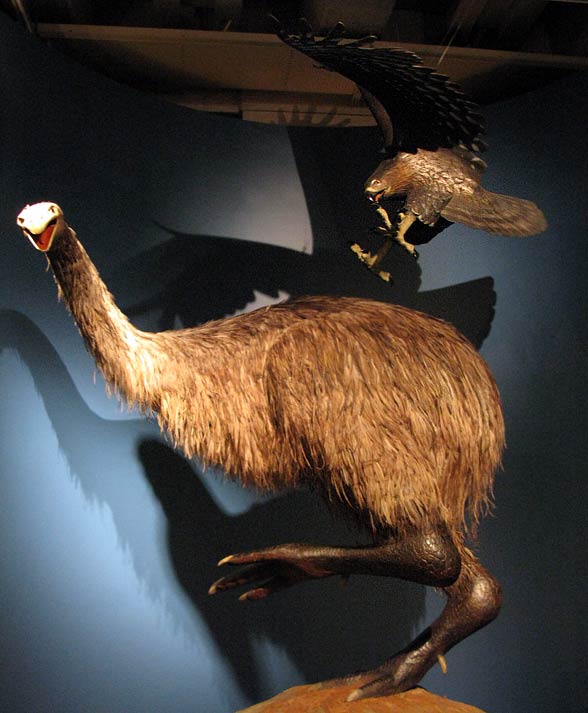
When did the Haast’s eagle become extinct?
New Zealand’s first settlers, Maori people, came to the islands circa 1280 and hunted mostly for the flightless birds, including moa, which eventually leads to the extinction of those birds. As the main element of Haast’s eagle diet disappeared, the predator was doomed and become extinct in the XV century, when the last moa was wiped off the surface of the Earth.
One of the researchers, Charles Edward Douglas living in the XIX and XX century, wrote in one of his publications that he encountered two giant birds of prey in the Landsborough river valley which were subsequently shot and eaten by him. It is possible that those could be the last specimen of Haast’s eagle, though skeptics claim that the species could not have survived 500 years without a sufficient amount of food. Therefore many stated that Douglas has seen another species – Circus eylesi – the largest harrier in the world, though it is considered to have become extinct long before.
Cats and rodents were brought to New Zealand during the last colonization. As it is widely known, birds were the most abundant population on the island, among mammals only 3 species of bats were found, one of which has recently become extinct. It was until then that birds, from lack of competition and other dangers, dominated every New Zealand’s ecological niche, for the eggs and chicks were not threatened by large predators. Moa was ‘grazing’ on the island like deer or cattle, but the appearance of human hunters destabilized the ecosystem.
Population
The total Haast’s eagle population is estimated to be around 3,000-4,500 breeding pairs.
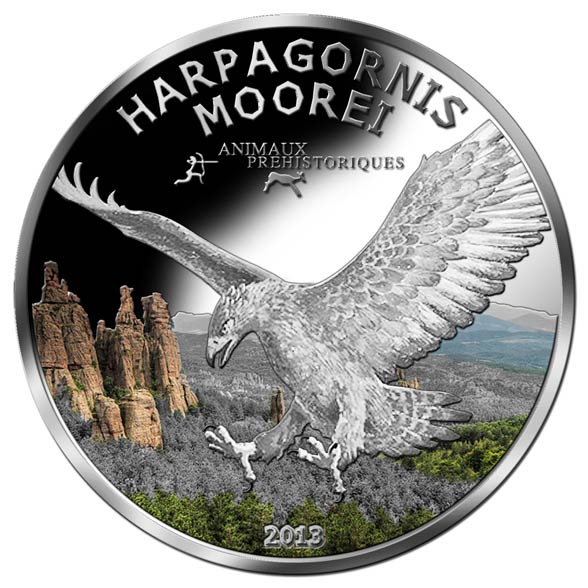
Detailed characteristics / size
Haast’s eagle (Harpagornis moorei)
- Body length: 130 – 140 cm (4ft 3in – 4ft 7in)
- Height: 90 cm (2ft 11in)
- Wingspan: 260-300 cm (8ft 6in – 9ft 10in)
- Body weight:
- females: 10 – 15 kg (22–33 lb), (17.8 kg?/ 39 lb?)
- males: 9 – 12.3 kg (20–27 lb)
- Skull length: 15 cm
- The length of the largest claw: 9 – 11 cm (3.5in – 4.3in)
- Tail length: up to 50 cm (4.7in)
- Tarsus length: 22.7 – 24.9 cm (9 – 9.8 in)
- Lower mandible length: 11.4 cm (4.5 in)
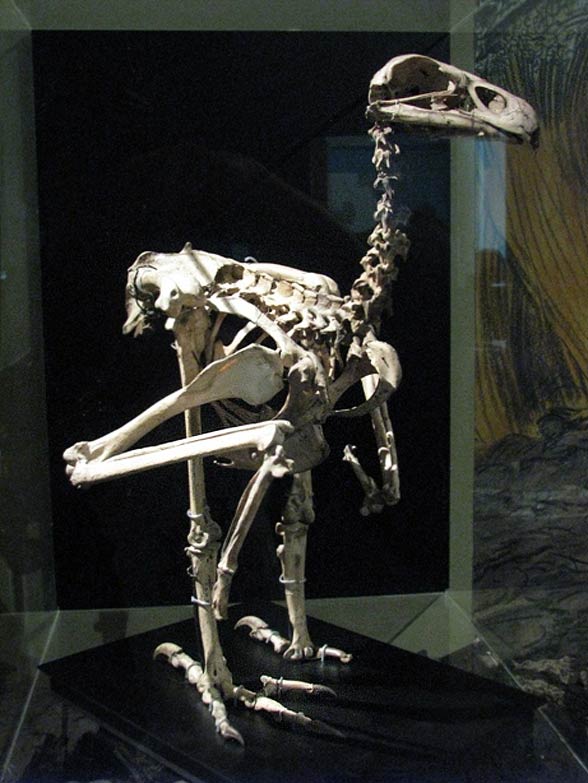
Haast’s eagle – interesting facts
- This eagle was primarily described by Julius von Haast in 1870, and given the binomial name Harpagornis moorei, in recognition of George Henry Moore, the owner of Estate Glenmark – the place where this species’ remains were found.
- The generic name is derived from the Greek harpax – ‘hook’ and ornis -‘bird’.
- In the Maori language, the Haast’s eagle was called Hikioi or Pouakai, which means ‘an old glutton’ ;).
- Other names for the Haast’s eagle are: New Zealand eagle, giant eagle.
- Haast’s eagle was the largest eagle ever to be discovered.
- The largest present-day eagles do not exceed 9 kg (20 lb) of body mass in the wild, which means they are 40% lighter than the Haast’s eagle.
- The Haast’s eagle skeleton suggests that its closest relative was the little eagle (Hieraaetus morpnoides) and not, as it was previously assumed, the much larger wedge-tailed eagle.
- The length of the largest talon is comparable to a tiger’s claw.
- The Philippine eagle (Pithecophaga jefferyi) could adapt to a new environment like the Haast’s eagle, for both species evolved from smaller ancestors, but due to island gigantism and lack of large carnivorous mammals and other predators, both the Philippine eagle and Haast’s eagle were in a perfect situation to thrive.
- Haast’s eagle is sometimes falsely presented as a flightless bird due to its sizeable weight.
- The flightless moa, which was often hunted by the Haast’s eagle, was about 15 times as heavy as the eagle.
- The enormous size of the eagle could be an evolution’s response to the size of its prey.
- Haast’s eagle was significantly smaller (weight and wingspan) than Argentavis – the largest flying species known to mankind.
- The main photograph pictures the golden eagle.
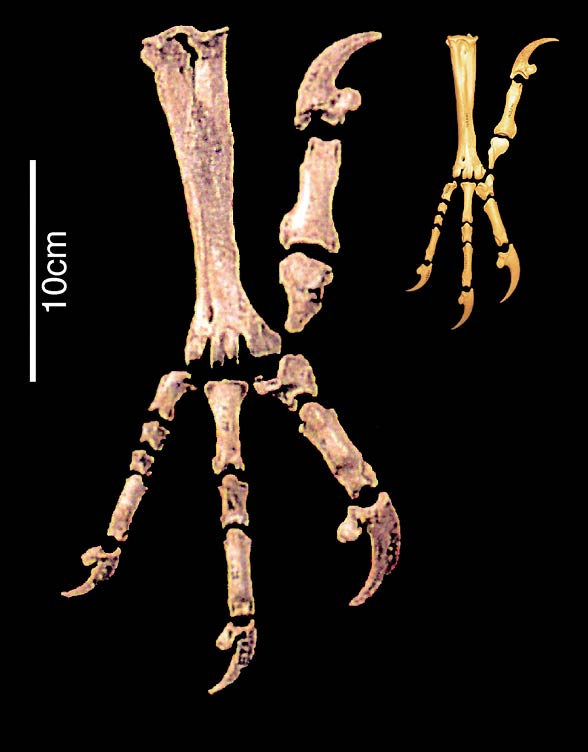
Recommended
- Animals records
- The largest eagles Top 10
- Largest birds of prey
- Steller’s sea eagle
- Philippine eagle
- Crowned eagle
- Martial eagle
- Fastest animals – Top 10
- Fastest birds – Top 10
- Most venomous snakes – Top 10
- Largest sharks Top 10
- Heaviest land animals
- Largest crocodiles Top 10
- Largest whales TOP 10
- Longest snakes Top 10
- Highest (Top) flying bird – Top 10
- Largest and heaviest birds
- Largest turtles TOP 10

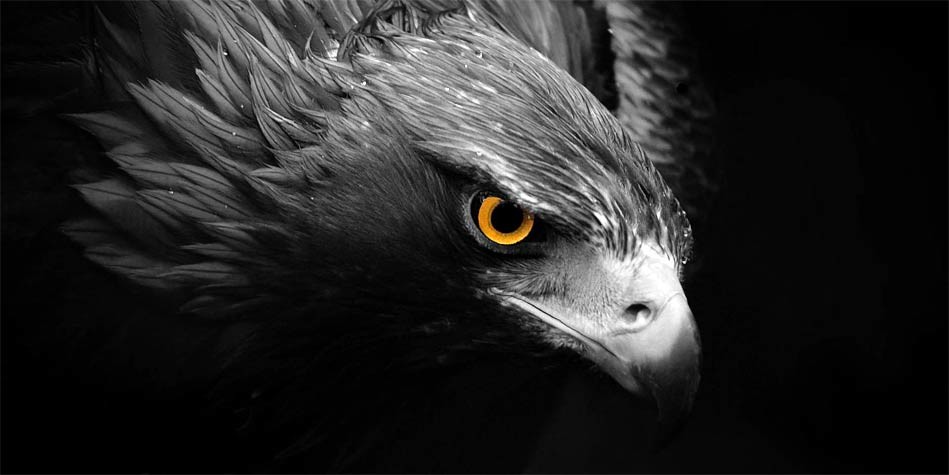
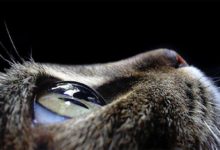
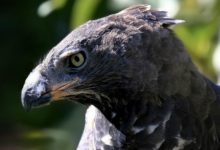
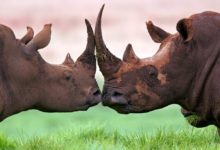
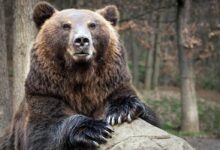


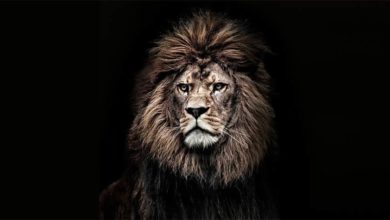
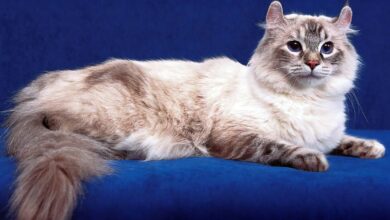
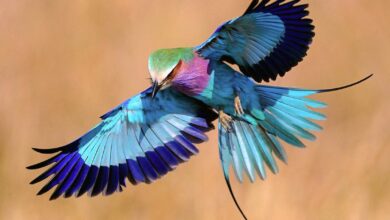
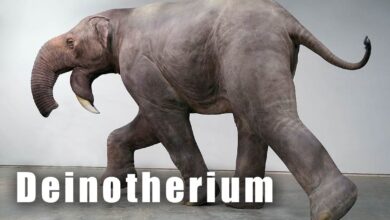

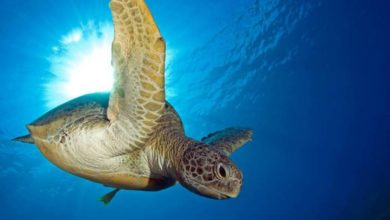

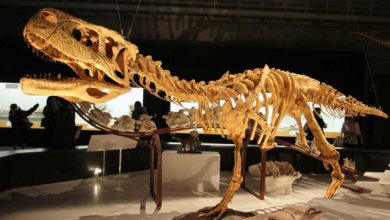
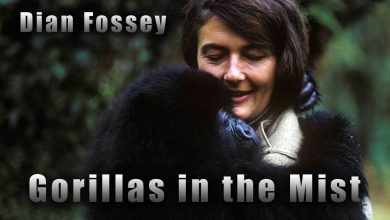
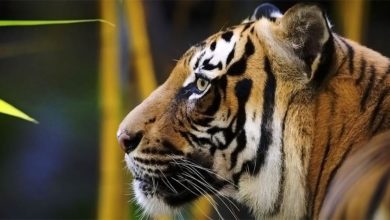
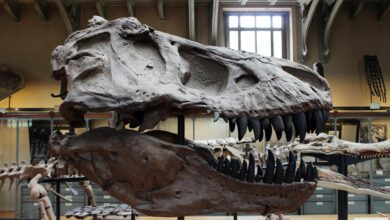
The skull depicted looks more like a moa than an eagle. It doesn’t match the skull shown in the later photograph showing the entire eagle skeleton.
Just thought you might want to know that the “size comparison” image of the Haast’s Eagle illustration next to a scantily clad female is utterly offensive, to put it mildly. How can someone make such a blatantly disrespectful image clearly aimed at women? The “woman” actually looks to be made up of several images to show more provocative “aspects” of the female form (how does this relate to the subject matter?), and whoever produced it is clearly intending to sexually objectify, and demoralize women. How it managed to pass the editors who run this website and get published on the internet beggars belief. It’s disgusting and an insult to both women, and palaeontology. God forbid if these kinds of sick people have wives or daughters of their own. Those poor women! I would like to see this image taken down immediately.
its only sexy if u make it so. remember women feel empowered showing their tits and asses.
Empowerment comes from respect. This is clearly disrespectful to women. I agree with the first post.
Science doesn’t and should never have to cater to your snowflake feelings.
You’re so right. Science should cater to dudes like you!
…Oh, wait. Science shouldn’t “cater” to anyone, which is why intentionally putting in a sexualized photo in an otherwise educational page is so freaking weird. I’m pretty sure the original poster wasn’t talking about being offended by *science,* they were talking about being offended by a picture that they found sexist.
But yeah, okay. “Science” is what the poster was complaining about.
You sure are an angry Paleo woman
Are you not exaggerating? Is there a common phobia of correctness taking over the Internet?I do not see in this comparison anything bad.
I don’t think she’s exaggerating at all. I mean, why put a woman wearing a g-string (essentially?)? Why not put some half-naked male bodybuilder on there?? They could have literally put any image there – I mean why not a moa, seeing as though the eagle was meant to have eaten them?? To me this seems to have been specifically chosen.
Shame on the page creators!!
Of course they could put in a comparison and a child and a guy and a bodybuilder and fat and lean. Anyone would always see a problem in this. Why a guy and not a woman, why thin and not fat. Why thick and not skinny, etc.
Serious question… Who is this site for, exactly? The domain name is cutesy and the content is written and presented in a way that’s pretty similar to educational materials for children, and yet there’s this incongruous photo featuring a sexualized model. Why?
Is this clickbait? Or just a thoughtless joke? Sadly, I think educators would be reluctant to recommend this as a resource to students because of this one instance of sexualized imagery. (One can never be too careful when it comes to young minds, not to mention their VERY involved parents.)
(Note the difference between “sexy” versus “sexualized.” “Sexy” is in the eye of the beholder, whereas “sexualized” equals intent to titillate. I’m saying it’s sexualized because of the pose combined with the scant wardrobe. It’s not like they Photoshopped together a picture of a Haast’s eagle and a woman minding her own business in a bathing suit or something. They went out of their way to use this photo.)
I’m hoping it’s just a bit of thoughtless fun that led to the inclusion of this photo, and not some weird desire to expose kids doing science reports to sexualized images.
Cry harder Science! 😉
Who’s crying? Sounds to me like this is a teacher who just wants to use this site as a resource without getting nailed to the wall by angry parents.
This is a very scientific question, but who is that women in the comparison photo? I’m curious. If it is a frankenstein of various photoshopped images, I’m specifically talking about the women’s upper half. Could anyone point me in the right direction? And I guess the eagle is cool too.
For goodness sakes why the sexist image to compare a human to the eagle ? Get into the modern world
Do you have any obsession, Anonymous? Get into the modern world. It’s not the Middle Ages.
LMAO i love how everyone is losing their sh.t over the fact that they put a women on the comparison photo
Yeah. The fact that this woman has her whole butt hanging out for no reason has nothing to do with it. Is this an educational website or what? It’s a useless photo since it doesn’t even say how tall that woman is. It’s just an excuse to show some t&a on a website that kids probably go to to learn about animals.
Agreed!!!
Why is the chick in her underwear?
So that you ask such a question 😉